Vacuum Bagging Supplies
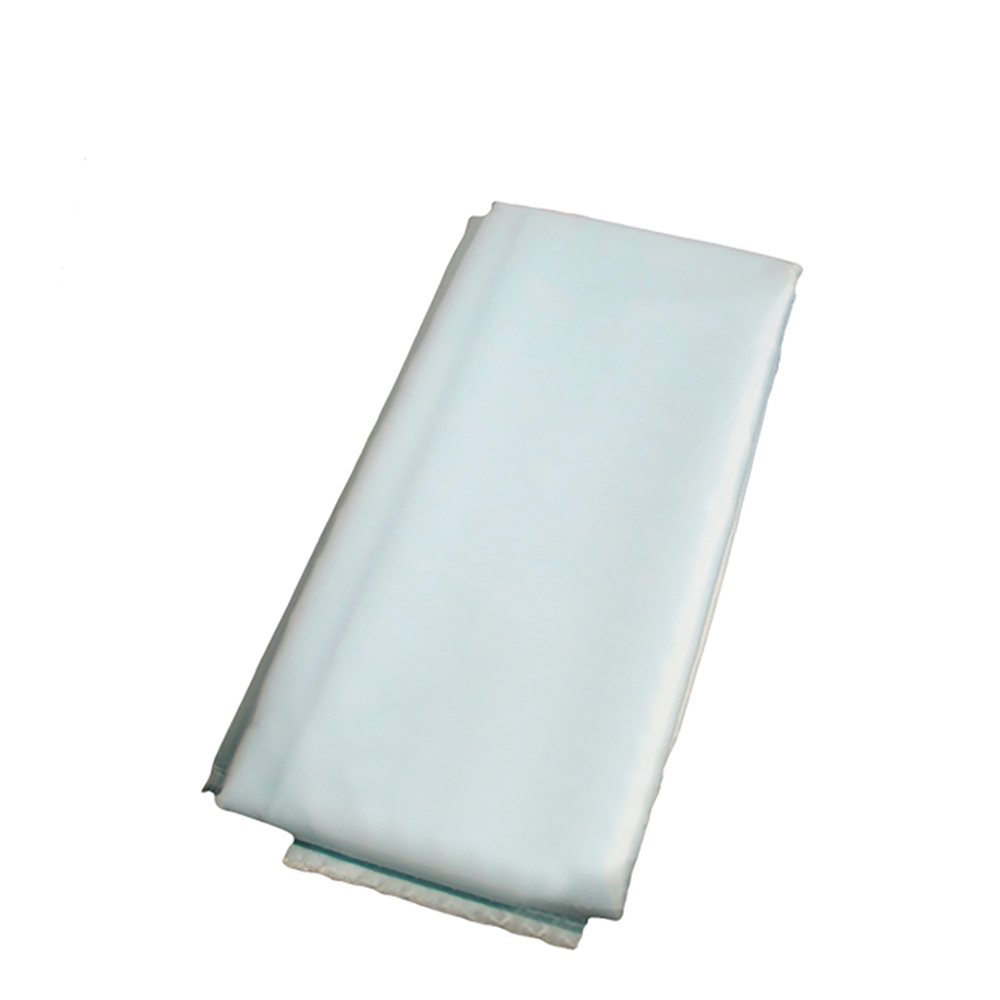
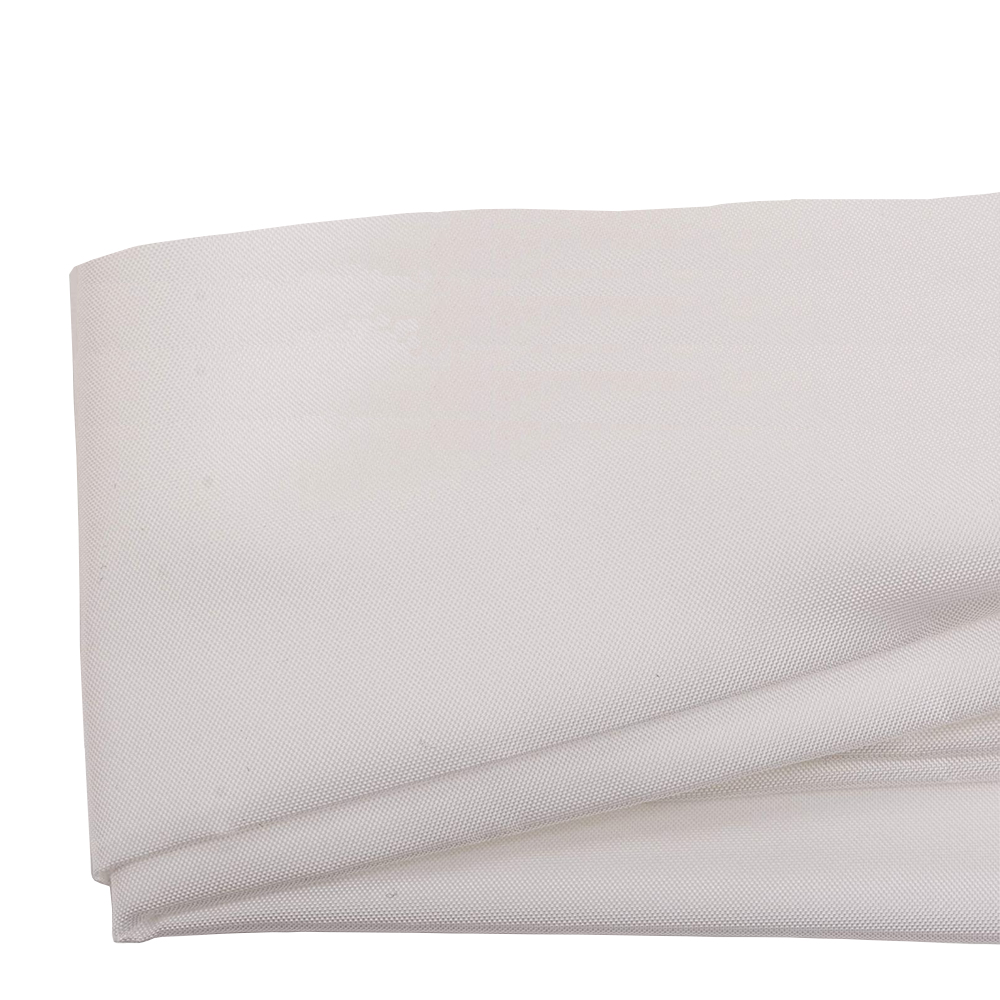
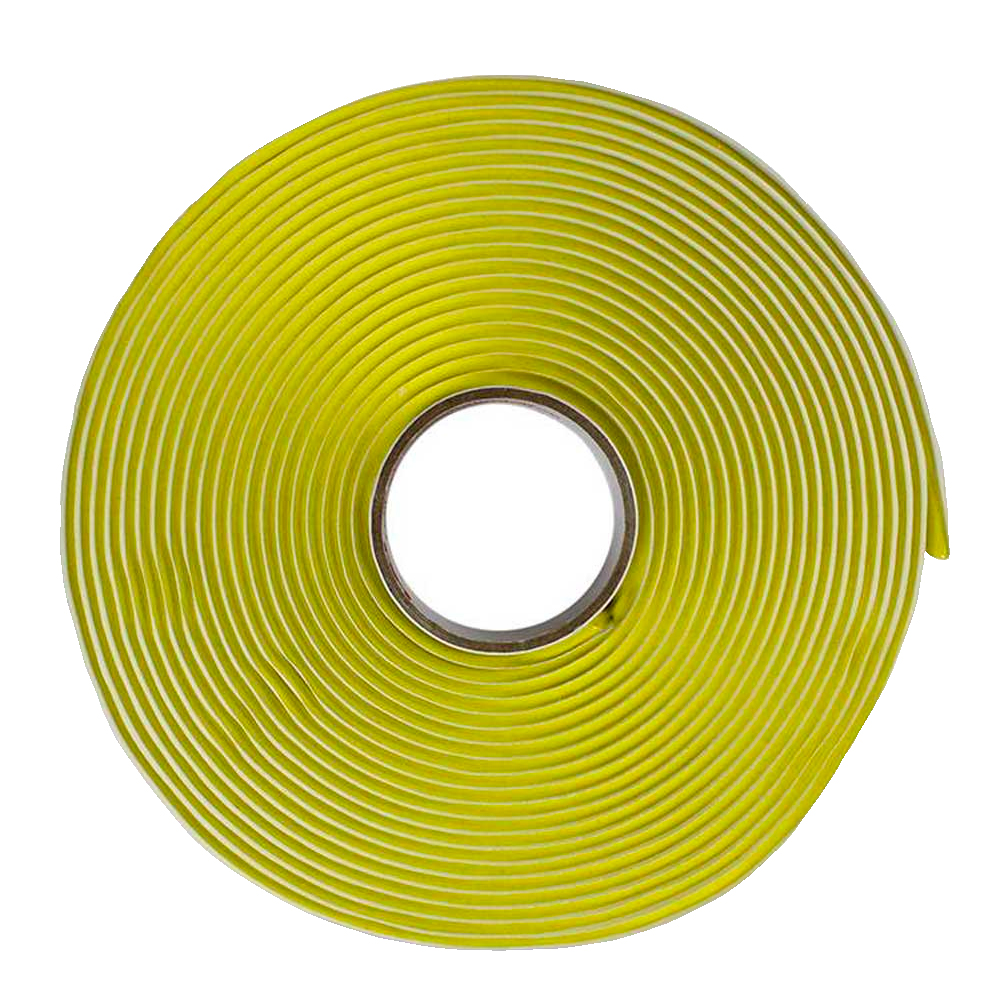
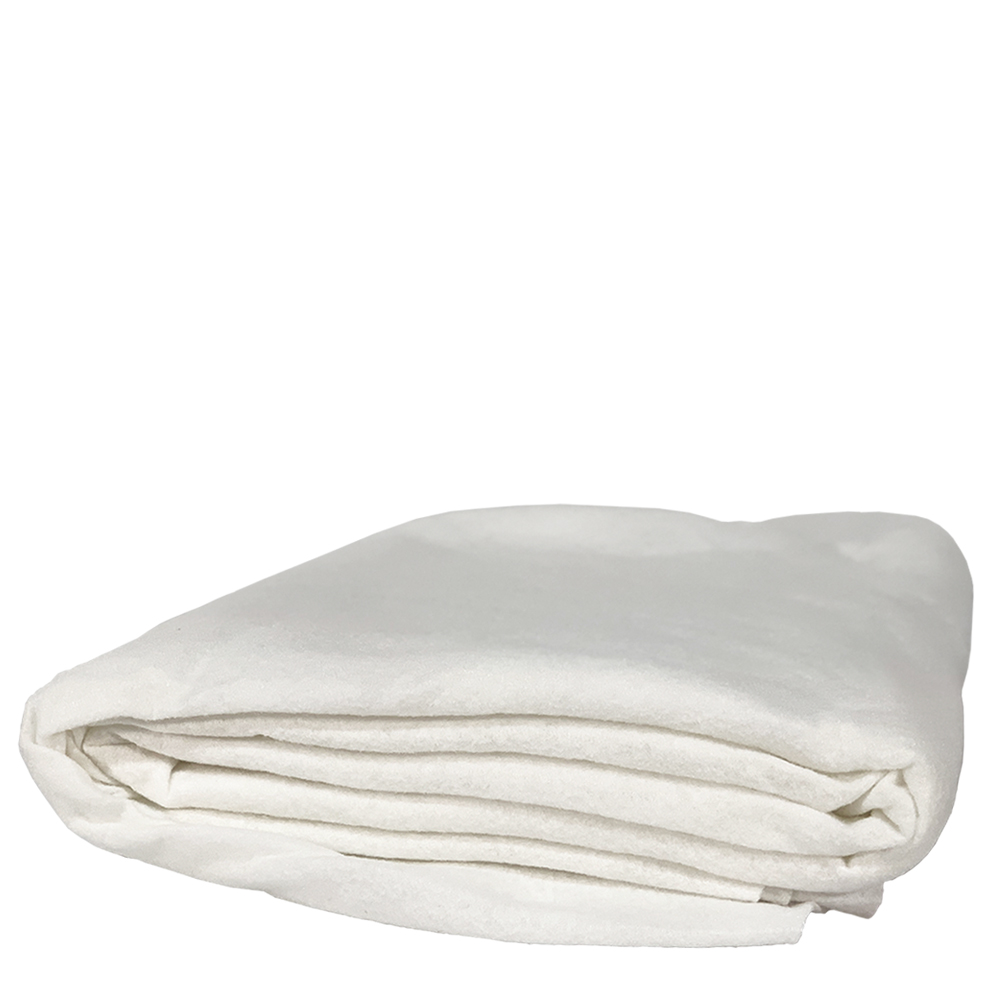
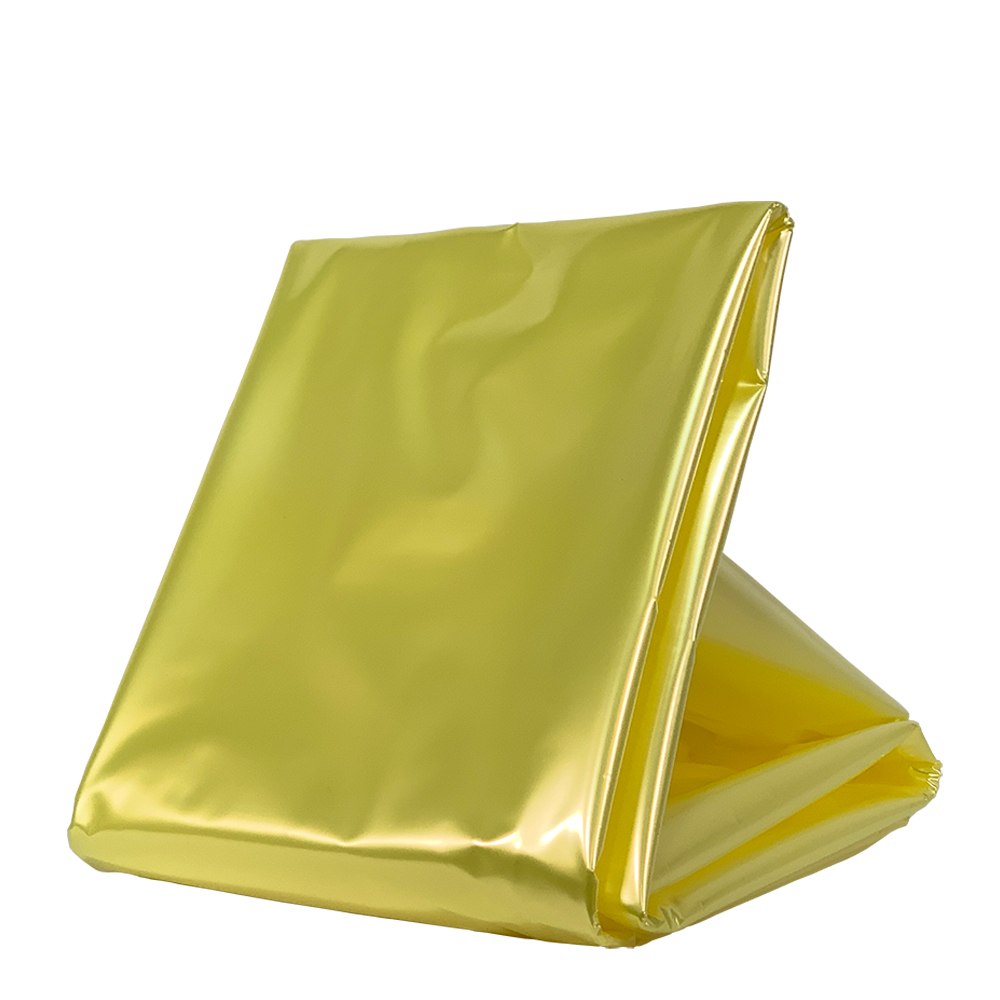
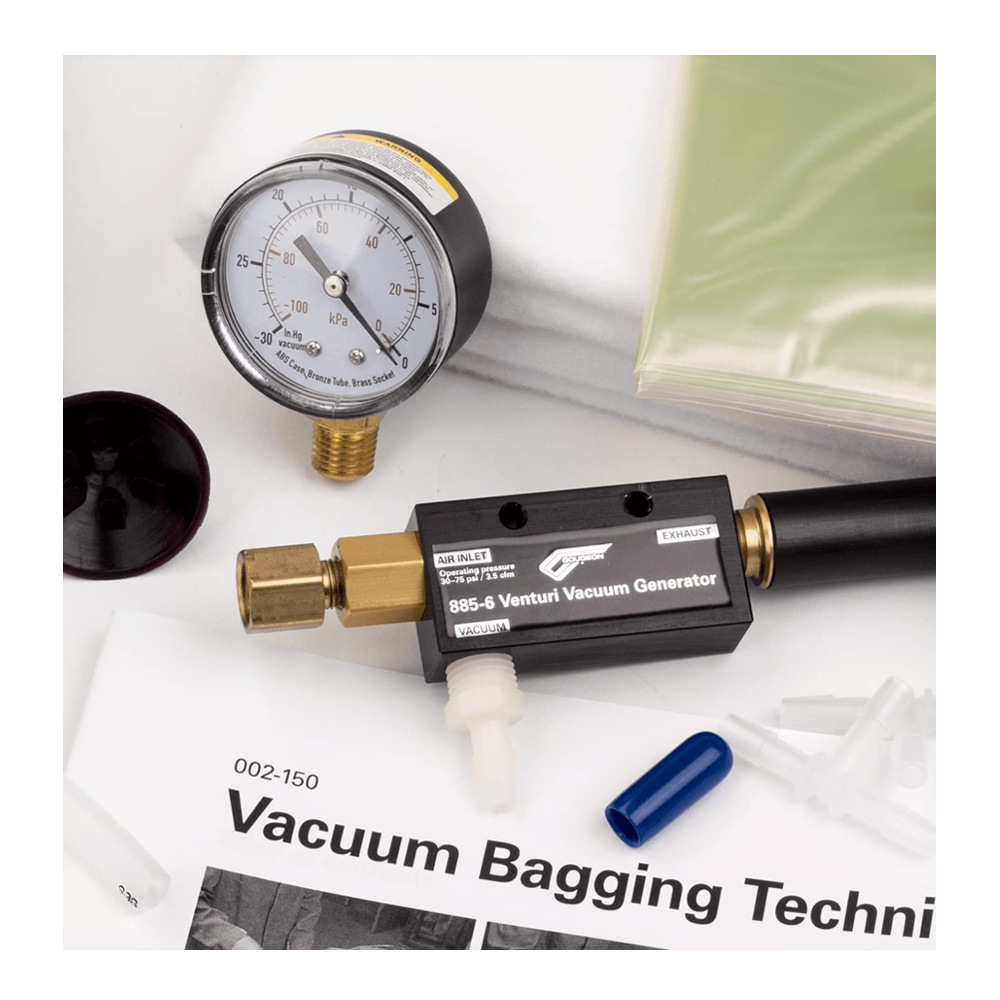


Vacuum Bagging FAQs
What is vacuum bagging?
Vacuum Bagging is a clamping system used for laminating a wide range of fabrics, core materials and veneers. It offers many advantages over conventional clamping. This process can be used for both repairs and composite construction. It uses atmospheric pressure to deliver firm even clamping. The advantage of vacuum bagging is that the type or quantity of the surface being laminated has no bearing on the clamping pressure or effectiveness of the lamination. This property enables molding of diverse composites, including carbon fiber, into useful shapes while minimizing the amount of resin.
How do you vacuum bag fiberglass?
Vacuum bagging minimizes the amount of resin used, as resin by itself adds weight without adding strength. Vacuum bagging requires that the item being laminated be covered with cloth, like hand layups. The item is wrapped with a thin porous film that won't stick to the epoxy (This is the vacuum bagging release film) and a thick layer of absorbent material (This is the breather fabric). Then, the item is inserted into the vacuum bag and the air inside is removed by a vacuum pump. Because the air inside the vacuum bag is removed, the air pressure from the atmosphere outside the bag pushes tightly from all sides, pressing the bag against the breather fabric. Excess epoxy is squeezed out of the cloth, passes through the release film, and is soaked up by the breather. The breather fabric lets air flow away from the tube and out of the bag.
By compressing the composite lamination, the vacuum bag pump removes air trapped between layers, and flattens the fiber layers so they cannot move during the curing cycle. The compression function also decreases humidity.
Carefully applied sealant tape holds components in place during the process. Butyl tape and bagging film seal the laminate against air. Peel ply acts as a bleeder, allowing resin to seep through the material for a bondable finished surface. The peel ply also serves as a breather, ensuring even vacuum pressure across the entire laminate.
While complete vacuum bagging kits are available, a resourceful user can make a DIY vacuum bag system.
What is resin infusion?
Resin infusion, or vacuum infusion, is a lamination method that utilizes a vacuum to infuse resin into a dry fiber laminate. First, the user lays dry fiber materials into a mold. Next, the user applies the vacuum before adding the resin. Once there is a complete vacuum, strategically placed tubing sucks resin into the laminate.
Resin infusion offers several benefits compared to vacuum bagging of similar composite laminates. The resin infusions laminate is stronger, and offers an improved fiber-to-resin ratio and a lower void content. Because of the pre-compacted fabric volume, less resin is required. Finally, the resin infusion method results in reduced user exposure to harmful emissions.
What is the difference between resin infusion and vacuum bagging?
In comparing vacuum bagging vs resin infusion of composites, resin infusion offers several clear advantages. First, resin infusion results in an improved fiber-to-resin ratio. The user draws the vacuum over dry materials rather than wet ones, and the resin is infused through application of vacuum pressure. With excess resin removed through the vacuum line, there is less resin remaining on the material, resulting in a stronger and lower-weight product.
The resin infusion technique also leads to more predictable resin usage compared to the hand-laid method. Even on a larger scale, the resin usage results will be very similar, leading to less wasted resin and subsequent cost savings.
With the resin infusion technique, the user applies the vacuum to dry materials, so they do not have to race to finish the prep work before the resin clock runs out. There is ample time to test for leaks, and release the vacuum to make adjustments, before infusing the resin via the infusion pump.
Resin infusion is a much cleaner process, with no rollers or brushes and associated clean-up work. In addition, the user has much less exposure to resin fumes.
Despite resin infusions advantages, this technique involves a more complicated set-up process. In addition, it is not possible to correct errors after the infusion has begun. For those reasons, users should regard resin infusion as a learning curve, and recognize that this technique takes time to perfect.
What are the advantages of vacuum bagging composites?
Compared to conventional hand lay-up methods, vacuum bagging of composites offers several distinct advantages. First, vacuum bagging decreases the amount of resin that is required. This results in a stronger, lighter finished product that is more durable than similar hand-laid products.
During a vacuum-bagging operation, the user has more control over the resin content and application rate, and the process ensures an even clamping pressure. Vacuum bagging of composites facilitates an efficient lamination process, and leads to achievement of custom shapes and designs. Finally, switching to vacuum bagging is relatively simple, and materials are affordable and readily obtained.
Should you use epoxy or polyester resin?
Polyester resin is not meant for use in vacuum bagging. Instead, use epoxy resin, which offers an extended working time. This provides you with more time to set up materials and extract the resin.
How do you build a DIY vacuum bag system?
You will need:
- Vacuum pump
- Valve
- Tubing
- Gauge
- Bagging film
- Breather and bleeder film
- Release film
- Peel ply
- Vacuum bag sealing tape
How much resin do you need?
Aiming for a 60 percent resin-to-weight ratio is a reasonable goal. By comparison, a hand laminate uses more than 100 percent of the fabric weight by resin. At the other end of the spectrum, an aerospace composite lamination can use as little as 40 percent. Resin-saturated areas have more strength, while dry spots tend to be weaker.
How much vacuum is required?
When vacuum bagging a one square foot laminate, a 20" Hg vacuum will yield 10 psi clamping force or a total of 1440 pounds of clamping force over the entire laminate.
